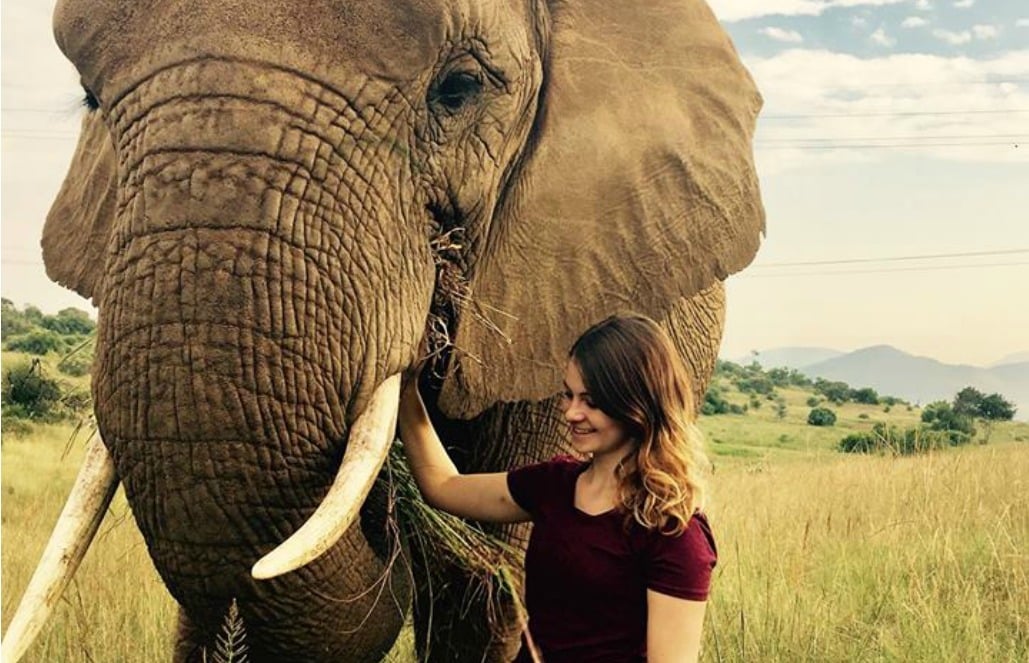Elephants are the world’s largest land animal and can be found in both African and Asian countries. Their majestic size and loud trumpeting have caught the attention of many people. The elephant became a symbol of strength in several African cultures. The Hindu god Ganesh is depicted as a human with an elephant’s head. Buddhists believe that Buddha incarnated as a white elephant several times.
Elephants may be adored by many, but they have quite the unfortunate history of being mistreated by others, whether it is for circus entertainment, or for their ivory tusks. Today, unfortunately, all elephant species are currently at risk of extinction. Their threat is largely due to poachers hunting them for their ivory tusks, even though their hunting is illegal in most countries. Botswana, unfortunately, just in May of this year, lifted its ban on elephant hunting.
African elephants are classified as “vulnerable” and Asian elephants are classified as “endangered” by the International Union for Conservation of Nature (IUCN). Therefore, African elephants are currently at a “high risk” of extinction, and Asian elephants are at a “very high risk.” (Learn more about endangered species here).
Both African and Asian elephants live in herds; they do not like to be alone. Elephants live in matriarchal herds, meaning that the mother elephant leads her calves, as well as their calves.
An observational study was conducted with 250 Asian elephants in Myanmar to determine the key traits that elephant personalities can be expressed through. It was concluded that elephants can express complex thoughts and deep emotions, including sociability, aggressiveness and attentiveness. Orphaned elephants have been photographed over the years holding their own tails with their trunks when they are lonely.
Five interesting facts about elephants:
1. Tusks say a lot!
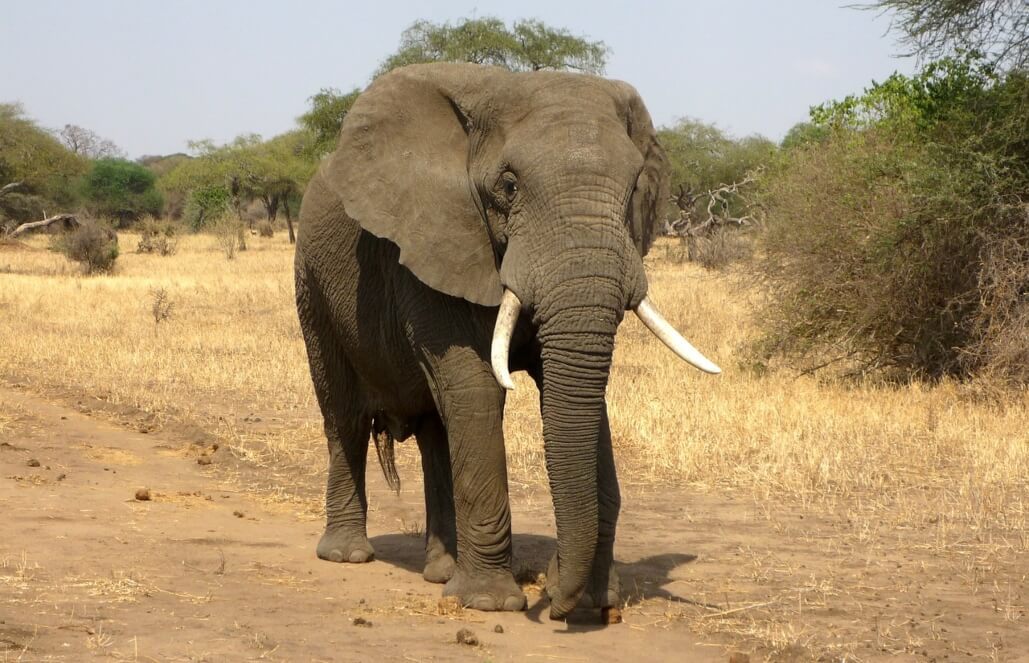
Elephant tusks are not just a physical trait for defense- they are an amazing body part. Elephant tusks never stop growing! Elephants can live to be 70 years old, so tusks can get to be truly enormous.
Tusks are also an easy way to spot whether or not an Asian elephant is male or female; only male Asian elephants grow tusks. Both male and female African elephants grow them, however.
2. Mud baths are for more than just fun
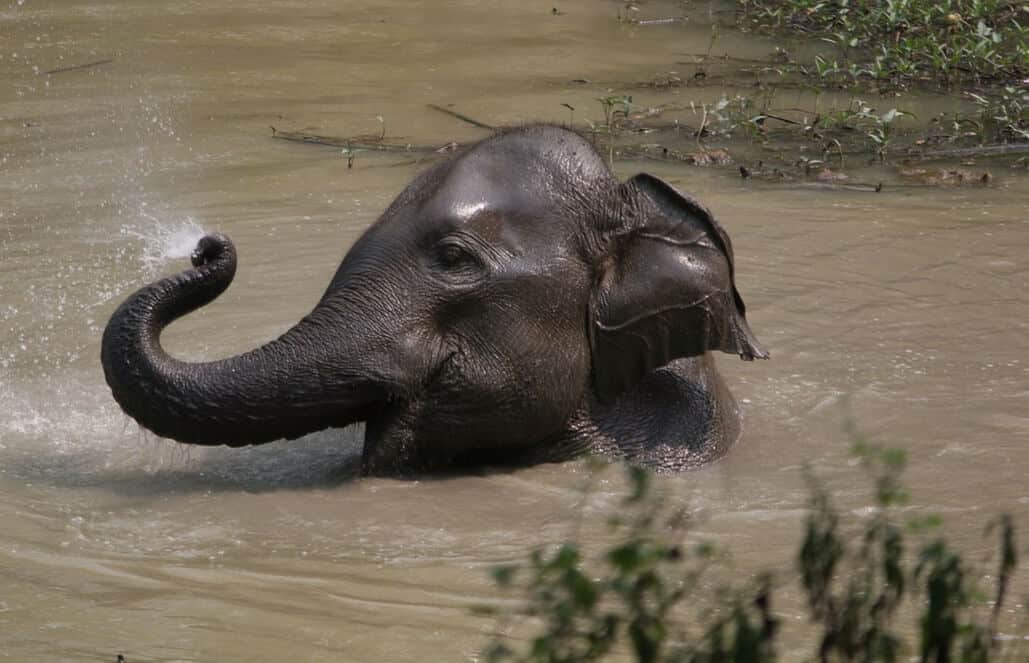
Elephants are known for making quite a mess in the mud. The reason is not that they simply love the mud like pigs. Elephants intentionally toss mud over themselves to protect their skin from the harmful heat and other effects from the sun – it’s a truly natural sunscreen.
3. Eating takes time
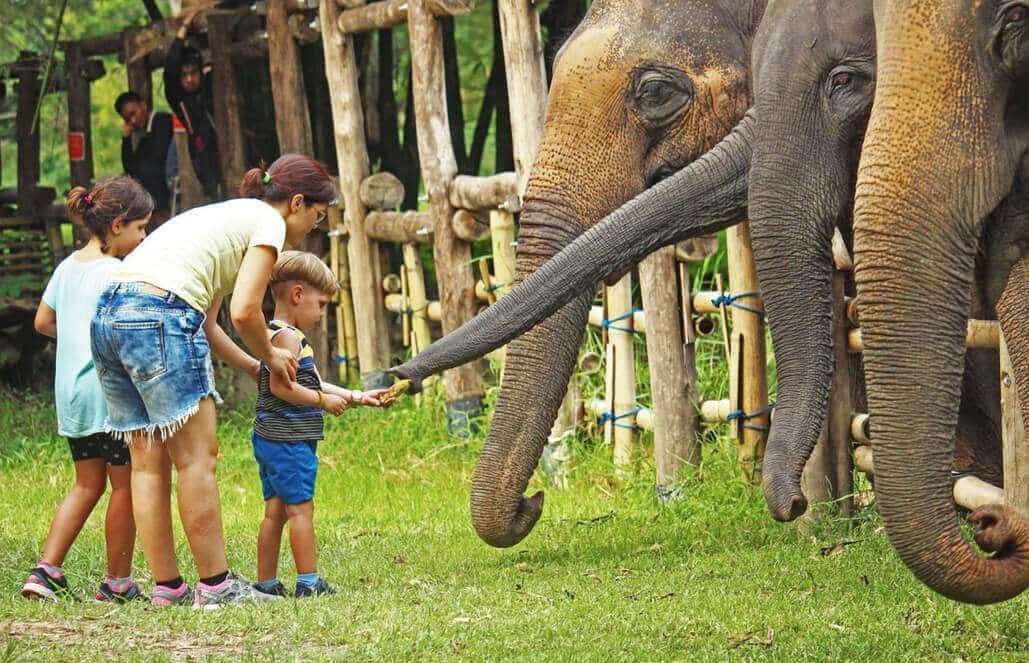
Elephants spend 12-18 hours each day eating! They can smell the food with their trunk, and then use it to lift the food into their mouth. Elephants in the wild eat grass, tree leaves and fruit. They can also drink nearly a bathtub’s fill of water each day.
Following their 18-hour daily feast, elephants create nearly one ton of poo each week. This is not only a natural fertilizer, but the elephants generally disperse tree seeds when doing so, therefore feeding the environment.
4. Elephants are right or left-tusked
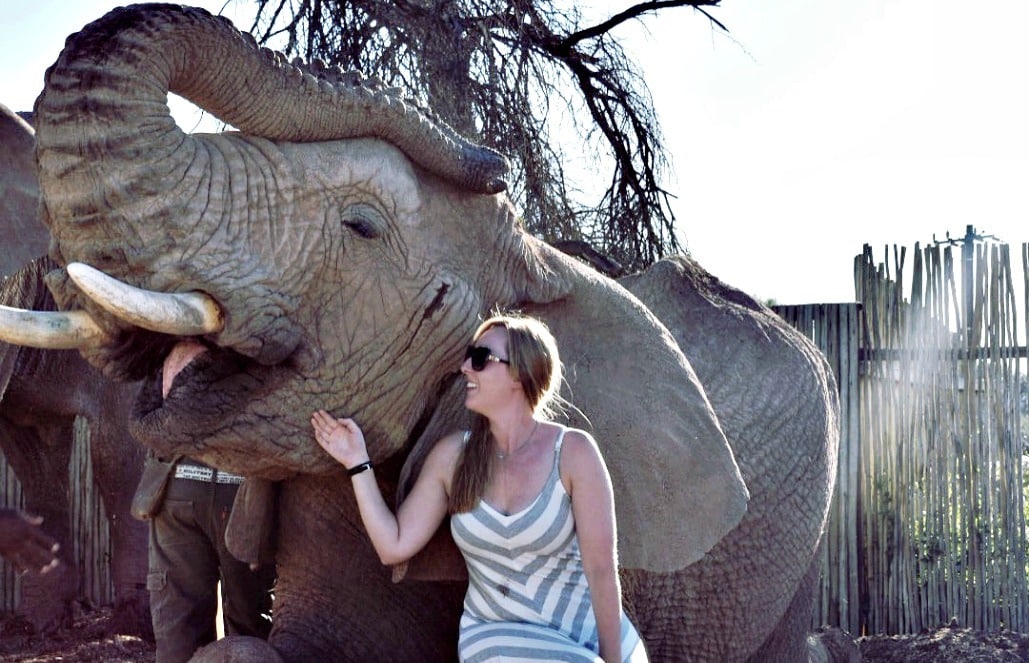
Like humans have a dominant hand, elephants use one more tusk more often than the other. The tusk they choose to use the most is called the “master tusk.” This master tusk is generally shorter than the other, a classic sign of wear and tear.
5. African elephants are big
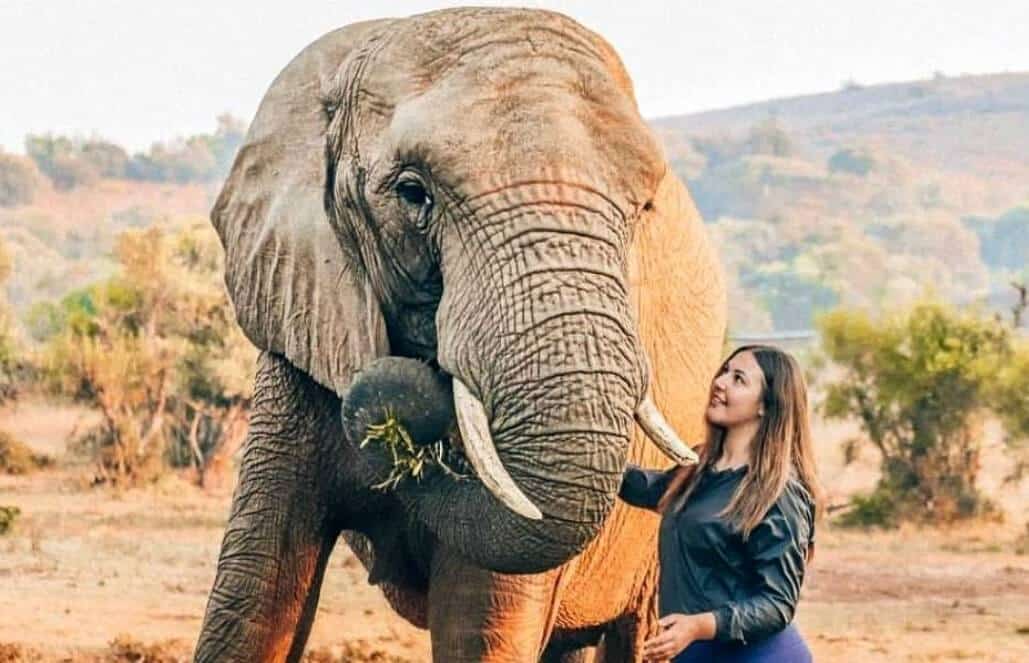
Both African and Asian elephants are the largest of all land animals. The African elephant, however, is one of the members of the exclusive, African “Big Five” species. The Big Five species include the African elephant, African lion, rhinoceros, cape buffalo and African leopard. The term “Big Five” was coined by hunters for the five most difficult game animals to hunt on foot. Today, all five of these animals are on the endangered species scale, and many volunteer programs in Africa are focused on their conservation.
Interested in elephant conservation?
Volunteering for the conservation of elephants is a rewarding and unique experience. Those interested in conserving the population as a whole can take part in important data collection tasks, to measure the size of the existing populations. Statistics like these can easily show researchers if the population is becoming more or less endangered. This data can support efforts to create more wildlife protection laws, as well. This data can be collected at our Big 5 Wildlife and Endangered Species Reserve or Big 5 Wildlife Reserve in the Greater Kruger Area programs in South Africa.
In addition to the importance of measuring elephant populations, simply patrolling in the wild can deter poachers, therefore simply conserving the elephants. GoEco’s Wild Elephant Conservation and Research program in Sri Lanka takes place in a natural habitat in the central province of the country. Volunteers on this program partake in collecting elephant behavioral data (to develop an elephant ethogram) and conduct Human-Elephant Conflict surveys, to better understand the current threats posed by humans to these majestic mammals.
Elephant lovers can also work directly with elephants who are in rehabilitation or living out their days at a sanctuary post-rescue. Many of these centers take in elephants that were exploited for tourism. It is important to choose legitimate sanctuaries that do not support the riding of, or bathing with the elephants. Our Elephant Forest Refuge in Thailand and Elephant Sanctuary in Cambodia both take place in natural, large environments so that the elephants can live safely while having plenty of space to roam freely. Volunteers on these programs will collect data on the free-roaming elephants, plant trees, maintain the sanctuaries and feed the elephants.


